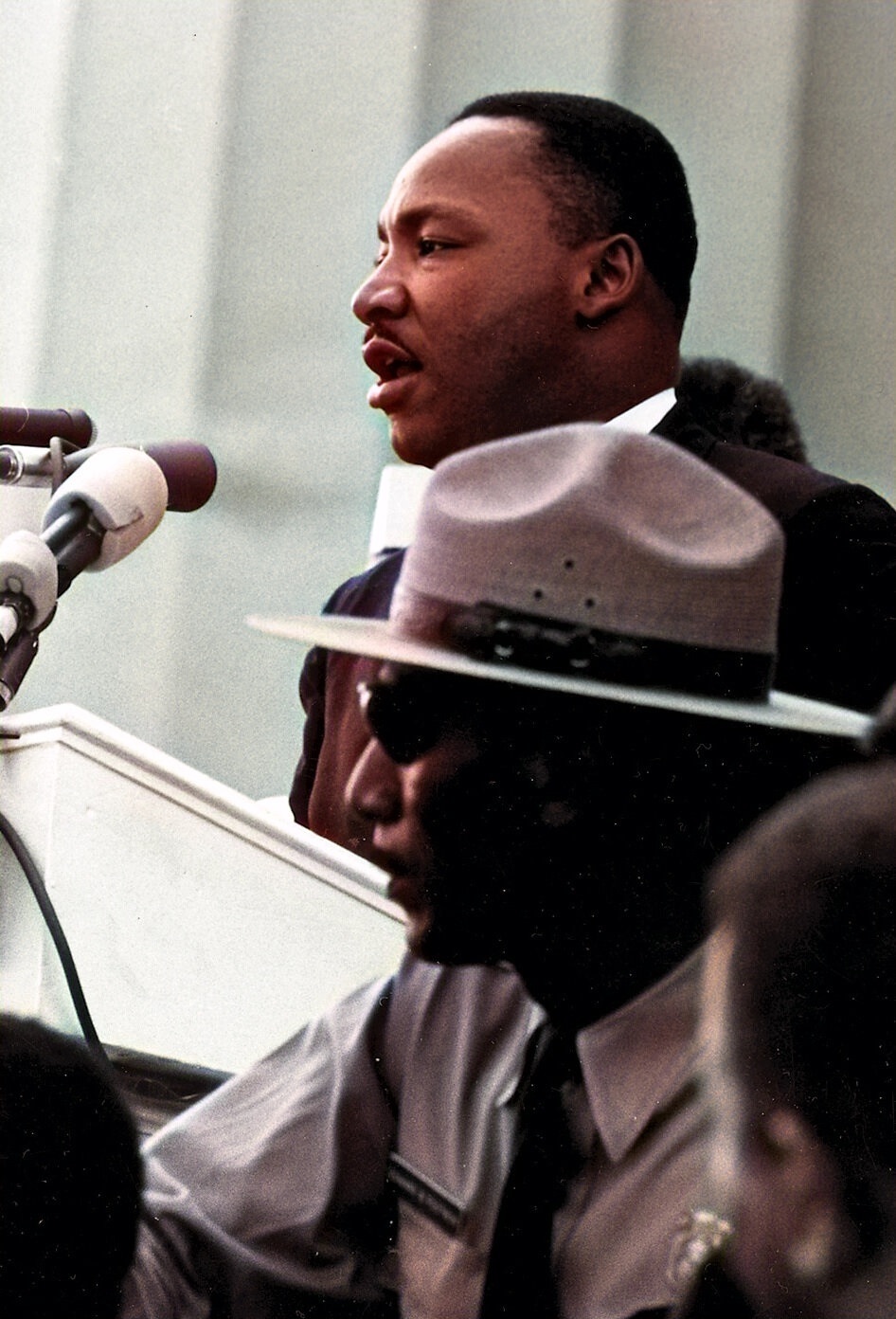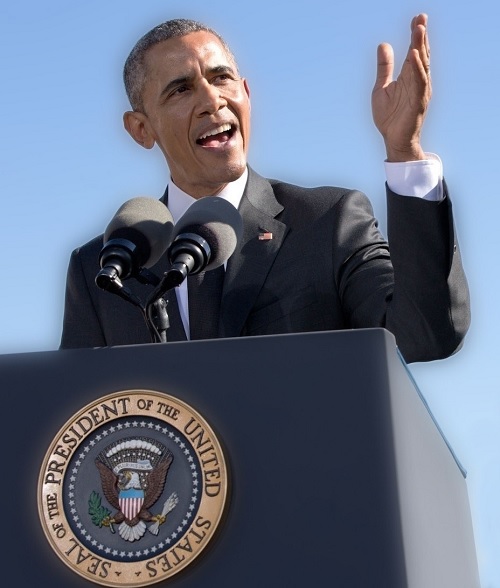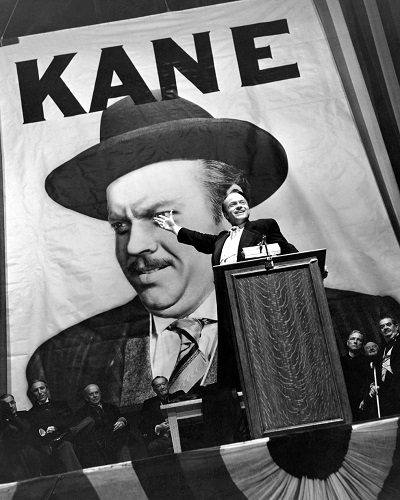

A Comprehensive Guide To Rhetorical Essays
Rhetorical essays are an important part of academic writing because they require students to analyze and evaluate the ways that writers try to convince their readers. At its heart, a rhetorical essay looks at how a writer uses language, tone, and structure to get their point across. By learning how to write good rhetorical essays, students can learn how to think critically and become better communicators.
A rhetorical essay has more than one goal and is important for more than one reason. First, it helps students improve their analytical skills by letting them look at how writers try to convince their readers. Second, it helps students become better communicators by teaching them how to use language, tone, and structure in different ways. Lastly, it gives students a chance to work with complicated ideas and arguments and add to the academic discussion in their field.
This thorough guide will cover the most important parts of writing a rhetorical essay, such as planning, writing, and editing. We will also talk about how important it is for a rhetorical essay to have a clear and logical structure and give you tips on how to use rhetorical devices effectively. By the end of this guide, readers will know how to write effective and convincing rhetorical essays in a wide range of academic fields.
What You'll Learn
Understanding Rhetoric
Rhetoric is the art of persuading people with words. It means knowing how different parts of language, like tone, structure, and diction, can be used to persuade people. Rhetoric has a long and interesting history that goes back to ancient Greece and Rome, where it was seen as one of the most important parts of education and public life. One of the most important philosophers of all time, Aristotle, wrote a lot about rhetoric and how important it is in society.
The study of rhetoric is important because it gives people a way to think about how language can be used to persuade and change people. Rhetoric is often used in academic writing to analyze and evaluate the ways that writers use to get their point across. By learning how rhetoric works in writing, students can become better communicators and learn how to think critically .
Elements of a Rhetorical Essay
A rhetorical essay is composed of four key elements: the speaker, audience, purpose, and context. Each element plays an important role in the overall effectiveness of the essay .
The speaker is the person or thing in the essay that is giving the message. When analyzing a rhetorical essay, it is important to think about the background, beliefs, and values of the speaker, as well as their credibility. Knowing the speaker’s point of view can help the reader understand the essay’s purpose and setting better.
2. Audience
The group of people the speaker is talking to in the essay is called the audience. When analyzing a rhetorical essay, it is important to think about the audience’s background, beliefs, and values. Understanding the audience’s perspective can help readers better understand the strategies that the speaker is using to persuade them.
The purpose of a rhetorical essay is the reason why the speaker is delivering the message. It can be to inform , persuade, entertain, or any combination of these. It is important to consider the purpose of the essay when analyzing the strategies used by the speaker to achieve their goal.
A rhetorical essay’s context is its cultural, social, and political setting at the time it was written. It’s important to think about the essay’s setting to figure out how the people who read it might have felt about it. For example, an essay written during a time of social unrest might use different strategies than one written during a time of peace.
Real-world examples can help show why each part of a rhetorical essay is important. One powerful example of effective rhetoric is Martin Luther King Jr.’s “I Have a Dream” speech. King gave this speech to the thousands of people who had gathered in Washington, D.C. The goal of the speech was to get people to join the civil rights movement, and it was given in the context of the fight for racial equality in the United States . By looking at each part of this speech, readers can learn more about the methods King used to get his point across and the effects it had on society.
To become a better communicator and improve your critical thinking skills , you need to know what goes into a rhetorical essay. By thinking about the speaker, audience, purpose, and setting of a rhetorical essay, readers can learn more about the ways writers try to convince their readers. Students can become more informed and involved citizens by studying rhetoric and adding to the academic conversation in their field of study.
How to Write a Rhetorical Essay
Writing a rhetorical essay requires careful analysis of a text and the use of effective writing strategies. Here is a step-by-step guide to writing a rhetorical essay:
1. Brainstorm and select a topic: Choose a topic that interests you and has a clear purpose. Consider the author’s intent, audience, and context of the text you will be analyzing.
2. Read and analyze the text: Read the text thoroughly and take notes on its key points, structure, and language. Identify the author’s use of rhetorical devices such as imagery, tone, and metaphor.
3. Develop a thesis statement: Based on your analysis, develop a thesis statement that summarizes the main argument of your essay.
4. Organize the essay: Create an outline that includes an introduction, body paragraphs, and a conclusion. Use the four elements of a rhetorical essay (speaker, audience, purpose, and context) as a guide to structure your essay .
5. Write the introduction: Begin with a hook to grab the reader’s attention and provide background information on the text. End with a thesis statement that summarizes your argument.
6. Write the body paragraphs: Each body paragraph should focus on a specific rhetorical device or strategy used by the author. Use evidence from the text to support your analysis , and explain how the device contributes to the author’s overall purpose.
7. Write the conclusion: Summarize your main points and restate your thesis statement. End with a thought-provoking statement or call to action.
Tips for coming up with ideas and choosing a topic include picking a text with a clear purpose and audience, as well as thinking about your own interests and how the text relates to your life or field of study. When you’re trying to figure out what the text is about, it can help to mark up the text with notes about key points and rhetorical devices. Look for patterns in the language, like repetition, metaphor, or allusion, to figure out what kind of rhetorical device is being used.
To write a good rhetorical essay, you need to organize and structure the essay . Use the four parts of a rhetorical essay as a guide to organize the essay and make an outline with an introduction, body paragraphs, and a conclusion. The introduction should give background information about the text, grab the reader’s attention, and end with a thesis statement that sums up your argument.
In the body paragraphs, you should focus on specific types of rhetoric and use textual evidence to back up your analysis. The conclusion should summarize your main points and restate your thesis statement . It should end with a strong statement or a call to action.
Rhetorical Essay Examples
To better understand the use of rhetoric in writing, it can be helpful to examine examples of effective rhetorical essays. Here are ten inspiring examples of rhetorical essays:
1. Letter from Birmingham Jail” by Martin Luther King Jr.
2. “The Gettysburg Address” by Abraham Lincoln
3. A Modest Proposal” by Jonathan Swift
4. “Sinnersin the Hands of an Angry God” by Jonathan Edwards
5. Politics and the English Language” by George Orwell
6. “The Declaration of Independence” by Thomas Jefferson
7. “Why Women Still Can’t Have It All” by Anne-Marie Slaughter
8. “I, Too” by Langston Hughes
9. The Death of the Moth” by Virginia Woolf
10. The Souls of Black Folk” by W.E.B. Du Bois
Each of these examples shows how rhetoric can be used well in writing. For example, Martin Luther King Jr.’s “Letter from Birmingham Jail” makes a strong case for civil rights and peaceful protest by using strong images, repetition, and persuasive language. In his “Gettysburg Address,” Abraham Lincoln uses parallelism and imagery to honor the Civil War soldiers and promote the idea of a united country.
When looking at these examples, it’s important to figure out what rhetorical tools the authors used and how they fit into the essay as a whole. For example, in “Why Women Still Can’t Have It All,” by Anne-Marie Slaughter, she uses personal stories and statistics to show that working mothers need more help and a better balance between work and life. By looking at how rhetorical tools like pathos and logos are used, readers can get a better idea of how well the essay works .
A good way to learn how to use rhetoric in writing is to look at examples of good essays that use rhetoric. By looking at the main points and rhetorical devices in these essays , readers can learn more about how language can be used to persuade and sway an audience. It is important to identify the four parts of a rhetorical essay (speaker, audience, purpose, and context) and analyze how they contribute to the overall effectiveness of the essay . Students can learn the skills and knowledge they need to write their own effective and convincing rhetorical essays by looking at these examples and using them as guides.
Conclusion:
In conclusion, anyone who wants to improve their critical thinking , communication, and writing skills needs to learn how to write rhetorical essays. By understanding the main parts of a rhetorical essay, such as the speaker, the audience, the purpose, and the setting, as well as good writing techniques and the analysis of real-world examples , readers can become better communicators and more involved citizens.
To write a good rhetorical essay, you need to follow a step-by-step plan that includes coming up with ideas and choosing a topic , analyzing the text, coming up with a thesis statement, organizing and structuring the essay, and using good writing techniques. Also, it’s important not to make common mistakes like not addressing the four parts of a rhetorical essay, making claims that aren’t backed up, and not having a clear and logical structure.
By looking at examples of good rhetorical essays, readers can learn more about the power of language and the methods writers use to persuade and sway their audience. Letter from Birmingham Jail” by Martin Luther King Jr. and “Why Women Still Can’t Have It All” by Anne-Marie Slaughter are good examples of how imagery, repetition, and personal stories can be used to make a point.
To sum up, to be good at writing rhetorical essays, you need to be able to think critically and write well, and you also need to know what the main parts of a rhetorical essay are. By following the step-by-step instructions in this article and looking at real-world examples , readers can develop the skills they need to write effective and persuasive rhetorical essays that deal with complex ideas and add to academic discourse in their field of study.
1. What is a rhetorical essay?
A rhetorical essay is one that looks at and evaluates the ways that writers try to convince their readers. It means knowing how to use language, tone, structure, and other tools of rhetoric to get your point across.
2. How do I write a rhetorical essay?
To write a rhetorical essay, you should start by choosing a text to analyze and figuring out who the speaker, audience, purpose, and setting are. Look for rhetorical devices in the text, come up with a thesis statement, and put your essay together with an introduction , body paragraphs, and a conclusion.
3. What are some examples of rhetorical essays?
Examples of rhetorical essays include Martin Luther King Jr.’s “Letter from Birmingham Jail,” Abraham Lincoln’s “Gettysburg Address,” and Anne-Marie Slaughter’s “Why Women Still Can’t Have It All.”
4. How do I choose a topic for a rhetorical essay?
When choosing a topic for a rhetorical essay, consider the author’s intent, audience, and context of the text. Choose a topic that interests you and has a clear purpose.

5. What are some common mistakes to avoid when writing a rhetorical essay?
Common mistakes to avoid when writing a rhetorical essay include failing to address the four elements of a rhetorical essay, using unsupported assertions, and failing to provide a clear and logical structure.
Start by filling this short order form order.studyinghq.com
And then follow the progressive flow.
Having an issue, chat with us here
Cathy, CS.
New Concept ? Let a subject expert write your paper for You
Post navigation
Previous post.
📕 Studying HQ
Typically replies within minutes
Hey! 👋 Need help with an assignment?
🟢 Online | Privacy policy
WhatsApp us

ONLINE SPEECH BANK
Database of and index to 5000+ full text, audio, and video versions of public speeches, sermons, legal proceedings, lectures, debates, interviews, other recorded media events, and a declaration or two.
Index links alphabetized by first name. Available mediums flagged with [T] (text), [A] (audio), [V] (video).
RECENT ADDITIONS
► Mario Cuomo: "A Tale of Two Cities" [Entire Video Added]
► Top 100 Speeches - Martin Luther King Jr. [OFFSITE Audio Links Restored]
► John F. Kennedy: Houston Ministerial Assocation Address [Remastered Audio and Entire Video Added]
► Rhetorical Figure EPIZEUXIS: Volkswagen's "The Funeral" Ad [w/ Authenticated Text and Video]
SPEECH OF THE WEEK

On Barack Obama Election
TOP 100 SPEECHES OF THE 20TH CENTURY

Full text, audio, and video database of the 100 most significant American political speeches of the 20th century, according to 137 leading scholars of American public address, as compiled by Stephen E. Lucas (University of Wisconsin-Madison) and Martin J. Medhurst (Baylor University). Discover who made the cut and experience the power of rhetorical eloquence in this provocative list of "who's who" in American public address.
OBAMA SPEECHES

475+ Campaign, First and Second Term Speeches in full text, enhanced audioXE and HD video. Popular artifacts include the Audacity of Hope, Yes We Can, A More Perfect Union, President-Elect Victory, First Presidential Inaugural, A New Beginning, Together We Thrive, Newtown Prayer Vigil addresses, and many more.

MOVIE SPEECHES

Full text, audio and video database of some 275+ Hollywood movie speeches.
Included are military movie speeches, sports-oriented movie speeches, forensic movie speeches, and social-political movie speeches, among others.

RHETORICAL FIGURES

200+ short audio and video clips illustrating stylistic figures of speech ranging from alliteration to synecdoche. Clips are taken from speeches, movies, sermons, and sensational media events and delivered by politicians, actors, preachers, athletes, and other notable personalities.
Main Site Areas
For scholars, cool exercises.
© Copyright 2001-Present. American Rhetoric.

COMMENTS
Full text and audio database of Top 100 American Speeches by Rank Order.
137 leading scholars of American public address were asked to recommend speeches on the basis of social and political impact, and rhetorical artistry. See this news release about the top …
The 35 Greatest Speeches in History. These famous speeches lifted hearts in dark times, gave hope in despair, refined the characters of men, inspired brave feats, gave …
Explore the most popular rhetorical analysis essay topics of 2024. From classic literature to modern media, find the perfect topic to captivate your audience.
Luckily, there are 210 essay topics to select from here, so there is no shortage of good rhetorical analysis topics to explore. From the speeches of world leaders to advertisements, you’ll develop a deeper appreciation for the …
From the text, determine the speaker, occasions, audience, purpose, subject, and tone. Develop a thesis statement to state your claim over the text. Draft a rhetorical analysis essay outline. Write an engaging essay introduction by …